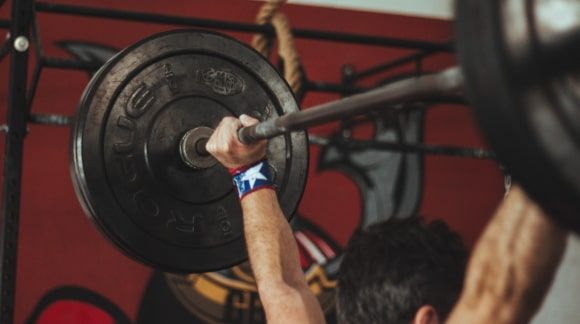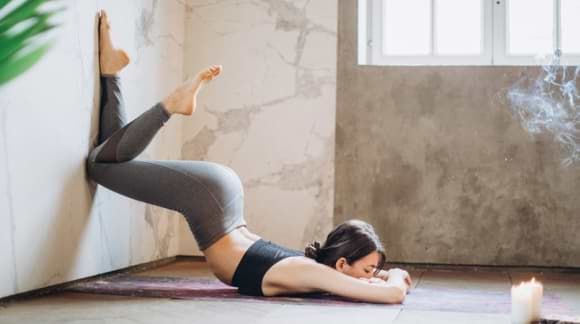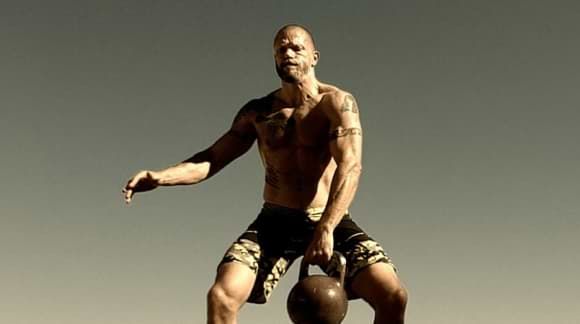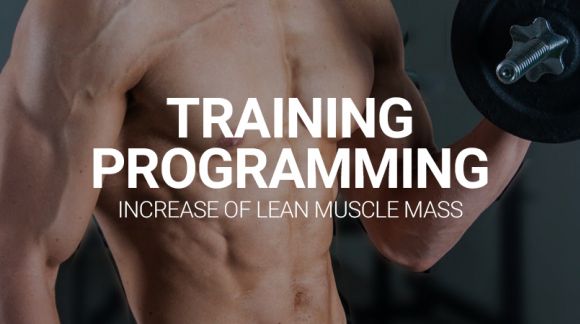Rotational force - the basis of safe training
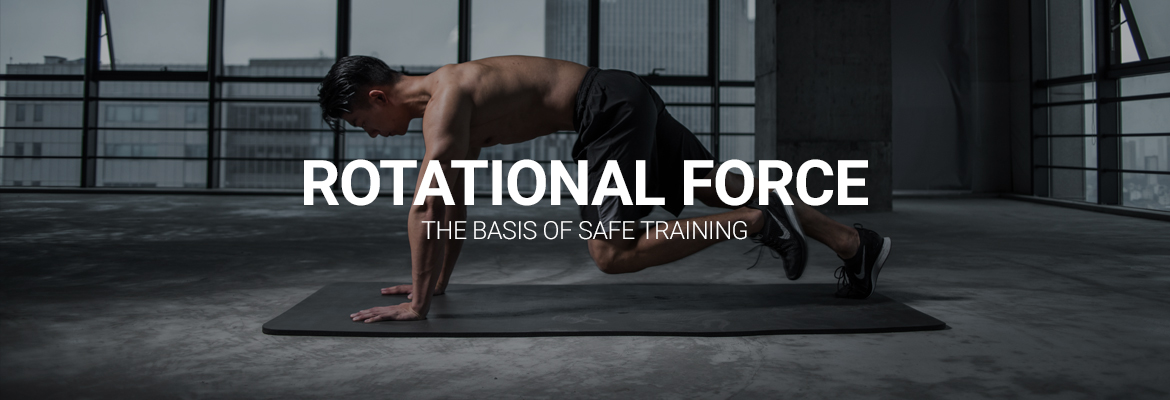
Before reading, ask yourself, what do you know about your body’s placement while exercising? Have you heard of breaking a barbell? If not, this post is for you.
YOUR BODY IS MADE TO PERFORM ROTATION
What characterizes the correct preparation of the figure for e.g. a squat? The person exercising should tense the entire body, including the paraspinal muscles, to stabilize the vertebrae and prevent their displacement during movement. This will prevent the action of shear and crushing forces through abnormal kyphosis or lordosis. In order to stabilize the shoulders, grasp the bar with a grip slightly wider than the shoulders and twist your hands into it as if you wanted to BREAK it. To take care of your hips, you need to screw your feet into the ground in such a way as if you wanted to tear it between your toes. The force generated by rotation makes it possible to stabilize the position and minimize the randomness of movement (full weight control).
YOU MUST CREATE ROTATING FORCE TO ACHIEVE A STABLE POSITION FOR YOUR MOTION
When generating insufficient force in the joints, our body will immediately try to eliminate it, because the system will be opened / broken. This will result in an attitude error; spine hyperextension, knee bending, etc.
INTRODUCTION OF THE ROTATION REMOVES THE LOOSENESS IN THE JOINT BAG AND THE JOINT BECOMES COMPACT AND STABLE
What is this force?
When you rotate your hips legs outward, keeping your feet parallel and still, you can feel the muscles of your lower body tense. The buttocks tighten, the hips lock into a good position and the feet arch.
- Impact your feet into the ground
- Turn the feet as if they were on the plates
- ”Tear apart" the floor between your feet
- Place your knees outward
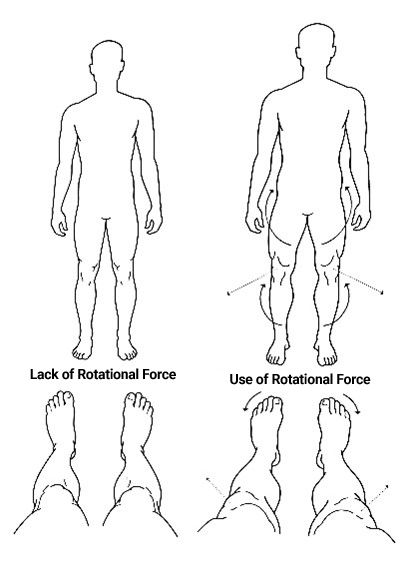
Photo by Dr. Kelly Starret
- Determine the position of the shoulder blades (pin them together)
- "Break" the barbell
- Place your elbows close to your body
- Point your armpits forward (when squeezing over your head)
- Point the inner part of the elbow forward (when pushing up)
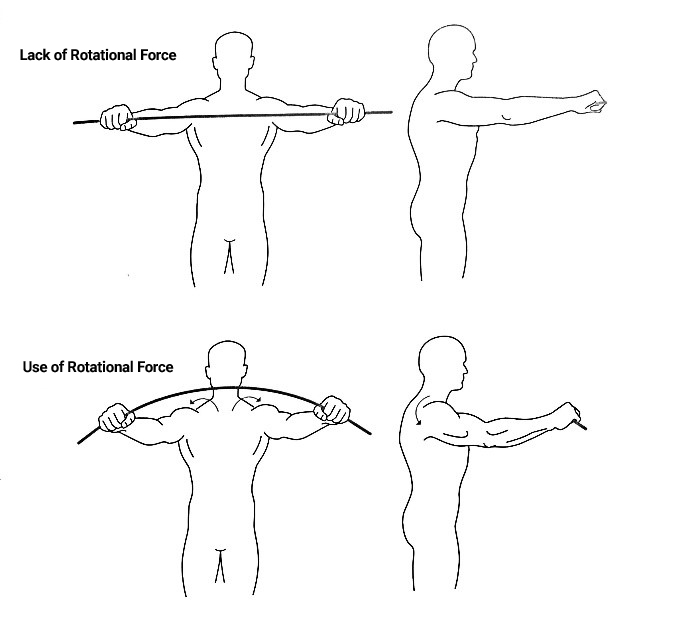
photo by Kellt Starret

Rotational force has two faces - external and internal rotation. Appropriate rotation stabilizes the joints, while inadequate rotation increases the risk of injury. So how do you know what force to use?
1 ROTATION RULE
External rotation should be created to stabilize the bent arms or legs.
- squats
- other pulling movements (deadlift)
- bench press over the head
- exercises with a barbell in front
2 ROTATION RULE
To stabilize positions when the legs or arms are straight, you need to apply internal rotation
- tosses
- jumping.
Last and not least. You MUST learn to dose the rotational force depending on the weight and type of exercise. The maximum strength is often too much than that needed to perform the exercise. If you put too much force into the rotation, it is likely to be slow and tense while exercising, which will worsen your results. This basic knowledge and a few universal rules will allow you to increase your efficiency during exercise and, above all, to avoid injuries.

